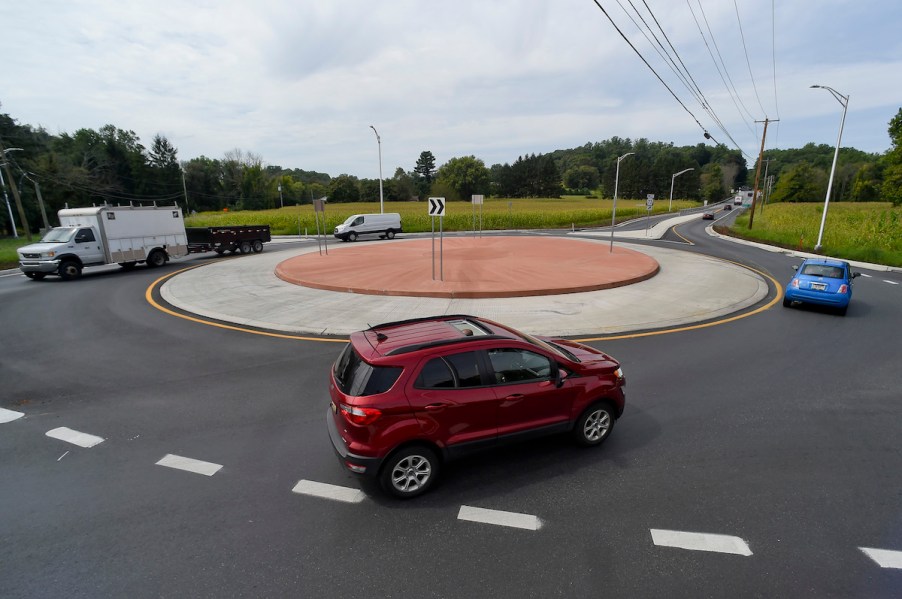
4 Reasons Roundabouts Are Safer Than Other Intersections
As we all know, various types of road interchanges exist. However, driving through these intersections can be quite dangerous, with intersection accidents accounting for nearly 40% of all road accidents. But did you know that roundabouts are safer than other intersections? Here are four reasons why:
What is a roundabout, and how does it function?

The U.S. Department of Transportation considers a roundabout as a type of circular intersection or junction specifically designed to regulate traffic flow. A roundabout typically features a circular flow of roadway around a central island. It is engineered to facilitate a smooth and constant traffic flow in all directions, making them different from traffic circles requiring drivers to slow down or stop before entering.
Roundabouts work by allowing road traffic to flow almost continuously in all directions around a central island. Rather than stopping and waiting, drivers yield to traffic in the roundabout and enter when there is a gap. They then drive counterclockwise around the circle until they can exit into their desired roadway. When using a roundabout, drivers are advised to enter and exit without completely stopping.
Compared to other interchanges, roundabouts are safer for several reasons. Here are the top four, according to Access Auto Insurance:
1. Speed
One of the main advantages of a roundabout is that it can help to slow down traffic speeds. Due to the circular design of the roundabout, drivers must slow down when entering the intersection, forcing them to slow down as they exit. Typically, vehicles in a roundabout reduce their speeds to about 20 miles per hour, which data shows lessen the severity and frequency of collisions. Additionally, since drivers must yield to traffic already in the roundabout, they are less likely to speed up and cause an accident. This aspect makes roundabouts much safer than other intersections, where drivers may be more likely to speed up and cause an accident.
2. Direction
Once vehicles enter a roundabout, they must travel counterclockwise around the central island. This ensures that they all move in the same direction, unlike other intersections where drivers may be coming from multiple directions. In addition, vehicles moving in the same direction reduce the likelihood of head-to-head and T-bone (or right-angle) collisions, which are especially severe to drivers.
3. Conflict points
Another safety benefit of roundabouts is that they help to reduce the number of potential conflict points. In transportation planning terminology, a conflict point typically refers to a spot at an intersection where two or more cars could potentially collide. Fewer conflict points often mean less likelihood of collisions. For example, a typical “T” intersection between two single-lane roads opens you to 32 possible conflict points. However, if you replace the intersection with a roundabout, the number of conflict points drops to 8: a 75 percent decrease.
4. Pedestrians
Roundabouts are also much safer for cyclists and pedestrians than other intersections. The increased safety is mainly due to the traffic moving at slower speeds, which gives pedestrians more time to cross the street safely. In addition, there are no turning vehicles to worry about, and the crossing distances are shorter. Because of these factors, pedestrian injury rates are about 80 percent lower at roundabouts than at other intersections.
Whether you’re a driver, cyclist, or pedestrian, overall, roundabouts can make our roads much safer for everyone. So the next time you’re approaching one of these intersections, remember to slow down and yield to traffic already in the circle. Then enjoy the continuous traffic flow as you exit onto your desired roadway.


